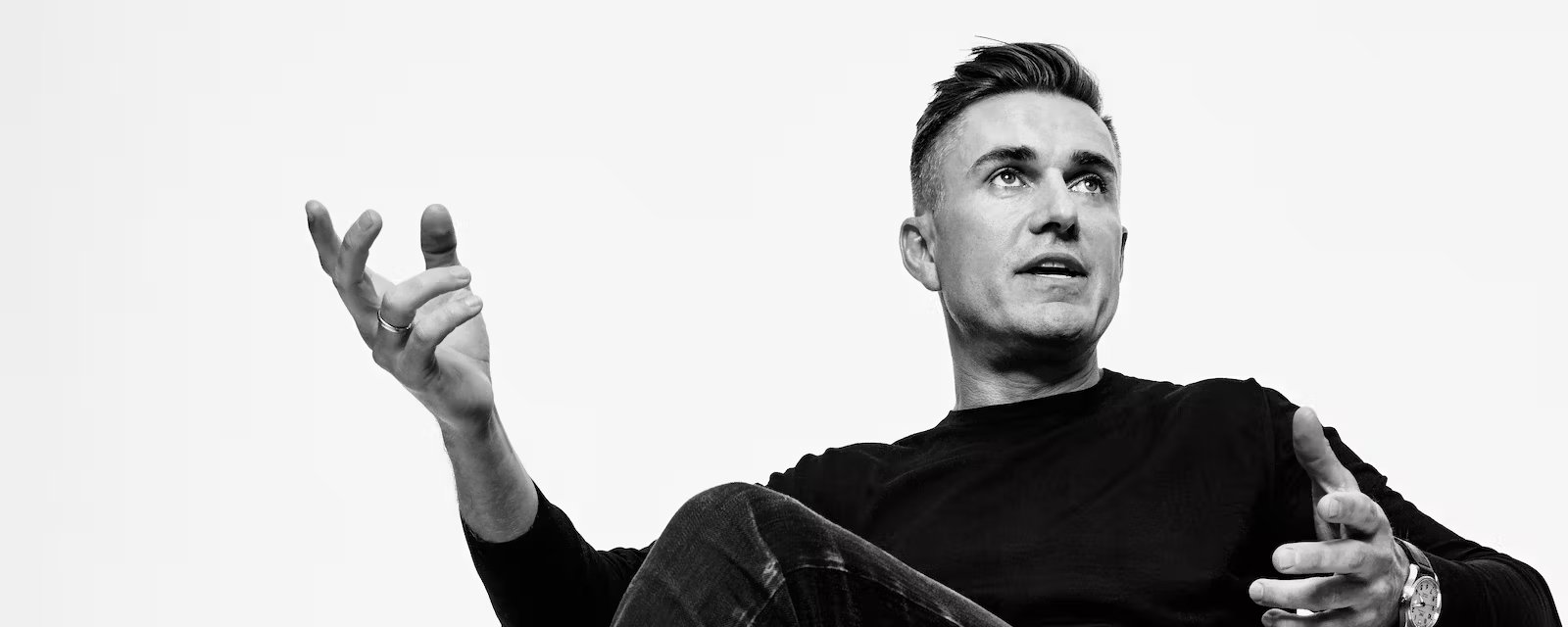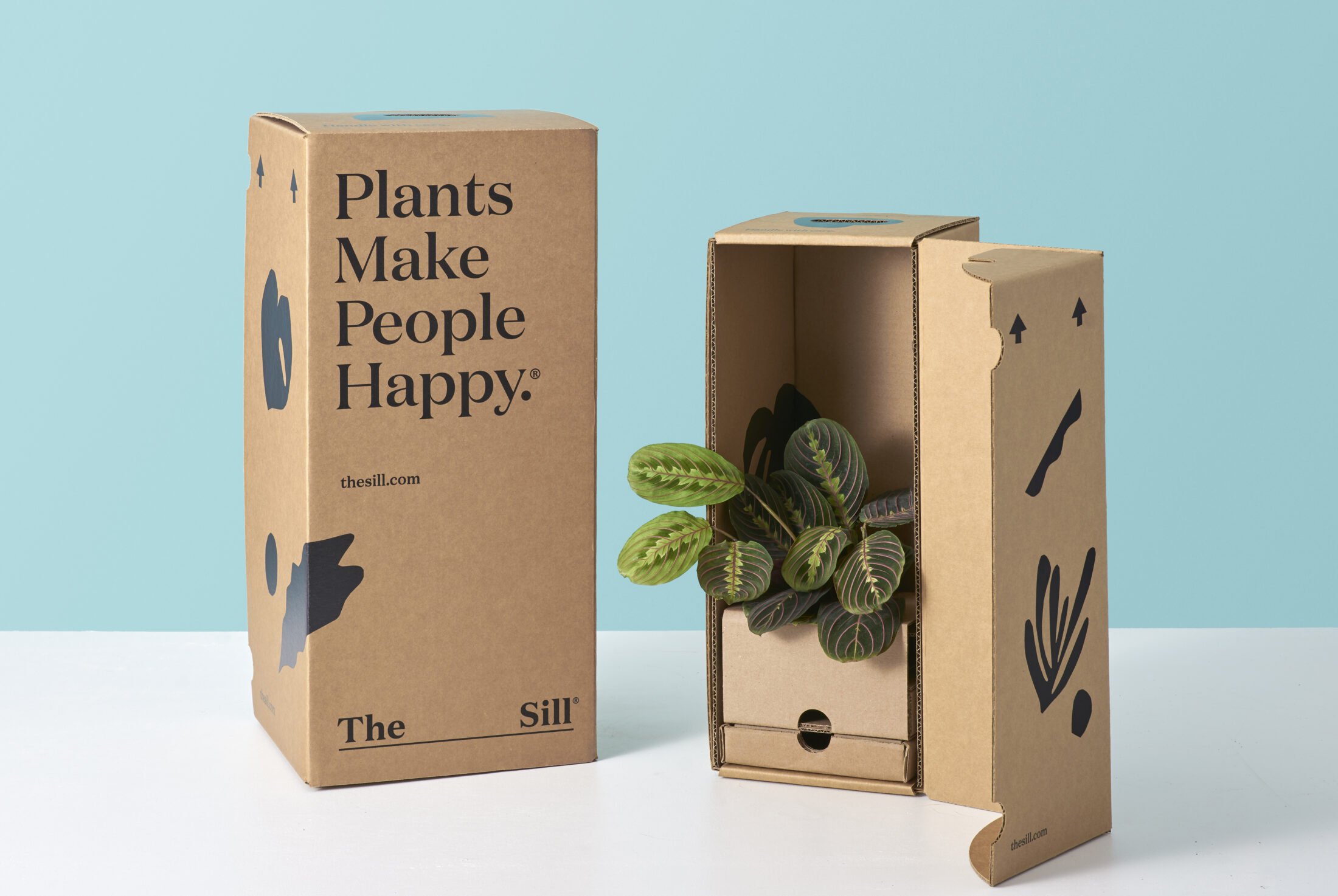Faculty Member Hlynur Atlason on Winning the 2023 National Design Award
MFA Products of Design faculty member Hlynur Atlason was crowned a winner of the 2023 Super Bowl (or Oscars, or World Championship Pumpkin Weigh-Off) of the design world—that is, the National Design Awards. Atlason was honored in the Product Design category for his New York-based studio, Atlason, which specializes in strategic innovation and industrial design, with clients including MoMA, IKEA, Microsoft, Johnson & Johnson, and L’Oreal. Atlason was one of just 10 awardees.
So what’s it like earning the ultimate design accolade? Atlason considers the award a source of momentum, or a springboard, rather than some kind of end point.
Ovenware designed for Our Place
“I think it's a confirmation to a degree that we've been doing something right. And I think everybody—or at least I do—continuously questions what I'm doing or if I'm any good at this or not. Do you know what I mean? So this is certainly an encouragement,” he told us during a mid-class break. (Atlason currently teaches our second-year course, Product, Brand and Experience.)
In case you couldn’t tell, Atlason is modest about his accomplishments. He ultimately attributes his career journey to a series of random coincidences. The first step was stumbling upon Parsons during his time studying abroad in Paris (Atlason is originally from Iceland). His discovery of Parsons drew him to the New York campus, where he completed his BFA in Product Design—one of his former Parsons teachers nominated him for the award
“For me, the draw of being a designer was really to have a variety in my day, in my week, and to tackle different types of challenges. It remains a real privilege to be able to do that.”
Packaging designed for The Sill
After a few years in the working world (with student loans still to pay), Atlason recognized that he wanted more control over what type of design he pursued. Tapping into his newly cultivated, hyper-localized design network, he went ahead and founded Atlason. Looking back, 21 years later, Atlason says that starting his own studio wasn’t simply a want-to-have, but a need-to-have.
“I didn't really see a choice. I think I just needed to do this myself,” he says.
With Atlason Studio, it was essential for Atlason and his colleagues to maintain breadth of design, rather than be pigeonholed, which he saw happening to other friends as they advanced in their roles. “For me, the draw of being a designer was really to have a variety in my day, in my week, and to tackle different types of challenges. It remains a real privilege to be able to do that.”
“I didn't really see a choice. I think I just needed to do this myself,” he says.
He’s hoping the additional awareness spurred by the award might bring the studio new opportunities and collaborations. Looking ahead, Atlason wants to play a role in bigger systems, envisioning and enacting new futures, specifically when it comes to sustainability. He has a goal of creating mono-material furniture products, where activating a material can serve different functions within one piece of furniture—which are fully biodegradable. This would avoid the existing issues around mixing materials, gluing, and other processes he considers problematic.
But a big part of that is convincing companies to make new—and bigger—bets. When it comes to hiring for his team, Atlason looks for people who share his same enthusiasm about design and a commitment to tackling these types of core challenges.
For Atlason, the classroom at MFA Products of Design serves as a unique space to dive into these challenges and develop potential solutions. His favorite part? “Seeing light bulbs go off—seeing progress,” he says. “To see whatever you’re coming in with having an effect is always meaningful.”






